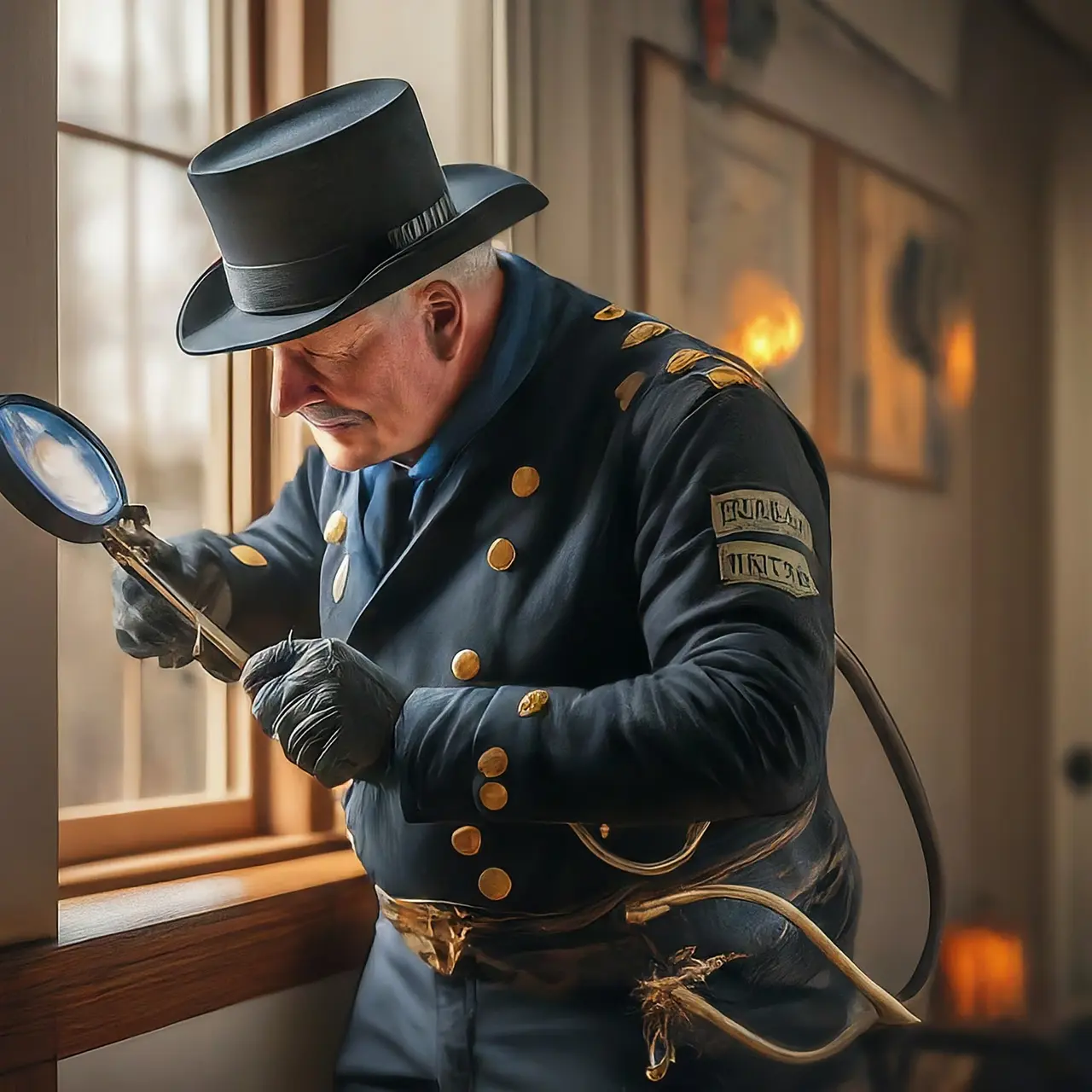The 8 Most Overlooked Chimney Sweep Assessments That Could Save Your Prescott Home
When it comes to maintaining our homes, there are always those tasks that are top of our to-do lists. However, chimney maintenance often falls by the wayside, overlooked until a problem arises. Fortunately, regular assessments by a qualified chimney sweep guy can not only catch potential issues before they become major but also ensure the safety and efficiency of your chimney. Today, we're diving into eight chimney sweep assessments that are frequently overlooked but could make all the difference for your Prescott home.
1. Creosote Build-Up Evaluation
The starting point for any chimney evaluation often begins with checking for creosote build-up. Creosote, a byproduct of burning wood, is not just messy; it's a major fire hazard. A skilled chimney sweep guy knows the importance of assessing the level of build-up and determining the best course of action for removal. Without regular inspections, creosote can accumulate to dangerous levels, increasing the risk of chimney fires that could cause significant damage to your Prescott home.
2. Structural Integrity Checks
Another crucial assessment often neglected is the structural integrity of the chimney. Over time, the harsh weather conditions in Prescott can cause wear and tear that goes unnoticed to the untrained eye. A professional chimney sweep guy will carefully examine the chimney for any signs of damage, including cracks, loose bricks, or deteriorating mortar, which could compromise the chimney's stability and safety. Catching these issues early on can save you from costly repairs in the future.
Additionally, the interior aspects of the chimney's structure need attention too. The flue, often overlooked, is vital for safely directing smoke out of your home. Any disruption in its integrity could not only affect the chimney's effectiveness but also pose serious health hazards. Regular assessments ensure that the inner linings and joints are intact, safeguarding your home from potential risks.
3. Flue Liner Inspection
Speaking of flue liners, this specific part of your chimney is indispensable but frequently overlooked during inspections. The flue liner’s main role is to protect your chimney’s structure from heat and corrosion. Over time, liners can crack or deteriorate, leading to dangerous conditions where heat or gas could escape into your living spaces. An adept chimney sweep guy will meticulously inspect these liners to ensure they're in peak condition, thereby preserving the overall integrity of your chimney and ensuring it operates efficiently.
4. Cap and Crown Examination
The cap and crown of your chimney play pivotal roles in protecting your chimney from moisture, debris, and animals. However, they are often the most exposed parts and susceptible to damage. During a thorough chimney sweep, a detailed examination of the cap and crown will be undertaken to look for cracks, erosion, or other forms of damage. Such an assessment is vital to prevent water from seeping into the chimney, which can lead to more extensive damage due to freezing and thawing cycles.
5. Damper Functionality Test
Your chimney’s damper is essential for controlling airflow and ensuring that heat doesn't escape when the fireplace is not in use. However, dampers can become stiff or cease to close properly over time, leading to energy loss and increased heating bills. A professional chimney sweep guy will perform functionality tests on the damper, ensuring it seals tightly and operates smoothly. This is a simple yet critical assessment that can lead to significant savings on energy costs.
6. Water Leakage and Damage Assessment
Water leakage into a chimney can cause a multitude of problems, from mildew in the attic to major structural damage over time. Yet, identifying the source of a leak can be a complex task. A diligent chimney sweep will assess the entire chimney for signs of water damage, including discoloration, dampness, or peeling wallpaper around the chimney area. Prompt identification and repair of leaks can save homeowners a significant amount of money in water damage repairs.
7. Obstruction and Blockage Clearing
Birds, squirrels, and other small animals can find their way into chimneys and build nests, causing dangerous blockages. Additionally, leaves and other debris can accumulate and obstruct the chimney's airflow. A critical part of a chimney sweep's job is to clear these blockages, ensuring the smoke from the fireplace can exit your home correctly. This not only optimizes your chimney’s efficiency but also prevents hazardous conditions that could lead to carbon monoxide buildup inside your home.
8. Smoke Chamber Performance Review
Finally, the smoke chamber, crucial for guiding smoke smoothly from your fireplace into the chimney flue, often goes unchecked. A thorough review of the smoke chamber can reveal any inefficiencies or problems, such as improper construction or accumulation of soot and creosote, that could hamper its performance. By ensuring the smoke chamber is in optimal condition, a chimney sweep guy helps maintain your home's air quality and prevent potential fire hazards.
